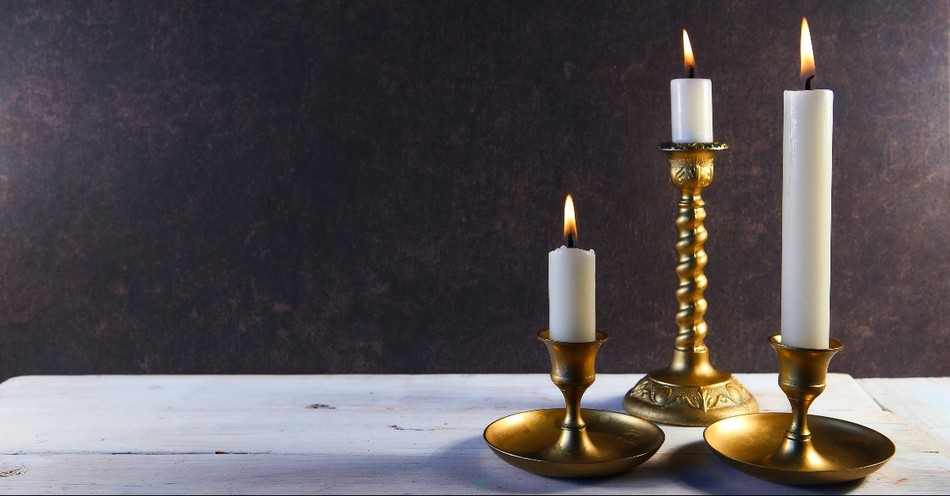No doubt many other religions have religious orders, groups of individuals set apart from the world in some manner to carry out religious duties and live in a community with one another.
In the Christian church, a monastic order of some sort may come to mind. But as the Catholic-hierarchy article indicates, there are tons of orders. How do we differentiate the main branches, particularly in Catholicism? When did religious orders start in church history? And why do they matter today?
We’ll address these questions and more in this article.
What Parameters Create a Christian Religious Order?
What differs a religious order from another type of Christian group, or worse, a cult?
A religious group or order tends to have more organization than a cult and bases its practices on holy texts. Cults also tend to have more of a manipulative and charismatic leader and often have some sort of financial requirement for its members (not tithing, which is voluntary).
Now that we’ve established the difference between a cult and an order, what about the difference between an order and any other Christian group that gathers together.
First of all, those under a religious order tend to live together in a community. Whereas other Christian groups may meet once or twice a week in a church or other location.
Secondly, as we’ll discuss in the history of orders, these tend to emphasize withdrawing from the distractions of the world. Orders also tend to have more of an organizational structure that involves times of reflection, times of service, and times of worship — similar to what you may see happen during a short-term missions trip.
Finally, orders have a vast history spanning centuries if not over thousands of years.
What Is the History of Religious Orders in the Church?
Up until the time of Constantine, Christians endured harsh persecution. And, then, when Constantine converted and mandated Christian religious practices in the Roman Empire, Christianity became too vogue.
In other words, many people who proclaimed to be Christians didn’t live out their faith.
Many Christians, fed-up with fake believers, decided to seclude themselves in the desert and pursue ascetic lives. These people known as “desert fathers” laid the groundwork for monastic orders when they developed followings. Ironic, in a sense, because they wanted to pursue hermit lives but couldn’t shake others who, too, wanted to have a life of isolation away from worldly desires and practices.
These expanded into organized groups who lived together in the fifth century, including consistent schedules and practices. Monastic orders and groups still exist today. In the next section, we’ll dive into some of the most popular Christian religious orders in church history.
What Are the Main Christian Religious Orders?
We have neither the time nor the space to cover every major monastic order in the history of the church. But we can highlight three of which many famous saints hail from.
Benedictines. The Benedictines, one of the first orders, started their order in 529 AD under the guidance of St. Benedict. They lived under a regimented schedule that included meal times, prayers, times of service, and the reading of the word.
Some famous Benedictine saints include Anselm of Canterbury, Pope Gregory I, and Pope Gregory VII.
Dominicans. Over the centuries, the church desperately needed informed preachers. Many clergy were not spiritually literate by any sense of the word. Enter St. Dominic de Guzman and his order later known as the Dominicans or Dominican Friars.
Also known as the “Black Friars” they focused on living a life full of poverty and no material possessions. They often worked and lived in urban centers to serve those in major city centers. Nevertheless, they still carved out time for solitude and prayer.
Some famous Dominican saints include Albert the Great, Thomas Aquinas, and Pope Pius V.
Franciscans. Founded by St. Francis of Assisi in 1209, this order (similar to the Dominicans) encourages its members to live without material possessions and to dedicate themselves to caring for marginalized peoples such as lepers and repairing churches.
This later divided into three major orders: Friars Minor, Poor Ladies, and Brothers and Sisters of Penance. All three of these orders differ on strictness of cloistering rules and the manner in which they lived and carried out their ministries.
Why Do Religious Orders Matter?
Although many of us will not participate in a religious order, we should learn about them. They can teach us about the importance of spending time in the word and giving our time and finances to those who have less than us, “All the believers were together and had everything in common” (Acts 2:44).
Religious orders also show the importance of breaking away from popular Christianity. In today’s culture, this looks like feel-good messages that ignore tougher concepts like original sin, the depravity of man, the existence of hell, etc.
Just like the desert fathers found a need to retreat from the watered-down versions of Christianity they saw, perhaps we too need to find spaces to dive into the word and to remind ourselves of the truth of Scripture.
Photo Credit: ©iStock/Getty Images Plus/vaitekune
Hope Bolinger is an acquisitions editor at End Game Press, book editor for hire, and the author of almost 30 books. More than 1500 of her works have been featured in various publications. Check out her books at hopebolinger.com for clean books in most genres, great for adults and kids. Check out her editing profile at Reedsy.com to find out about hiring her for your next book project.

_639003522088907085.jpg)

